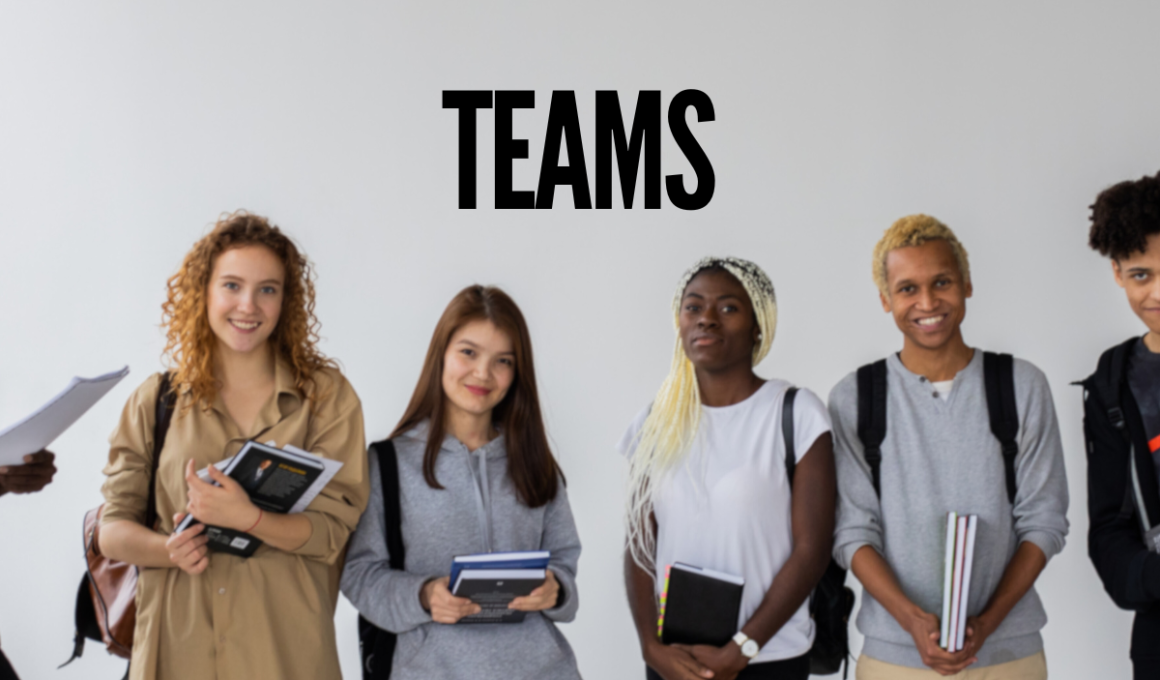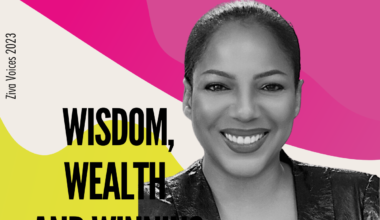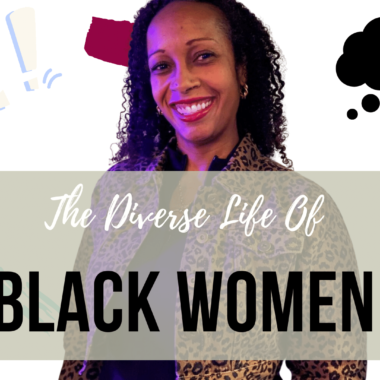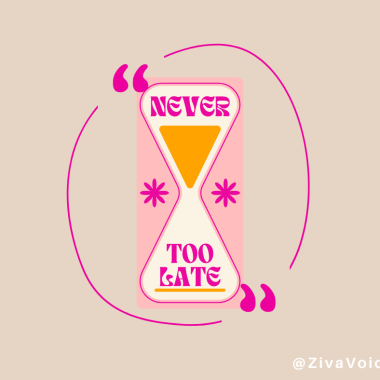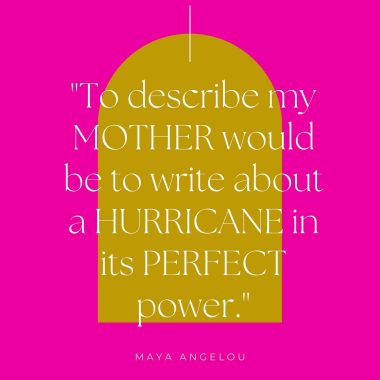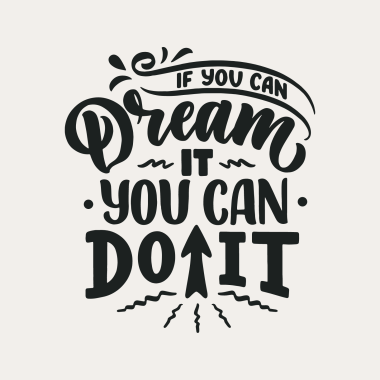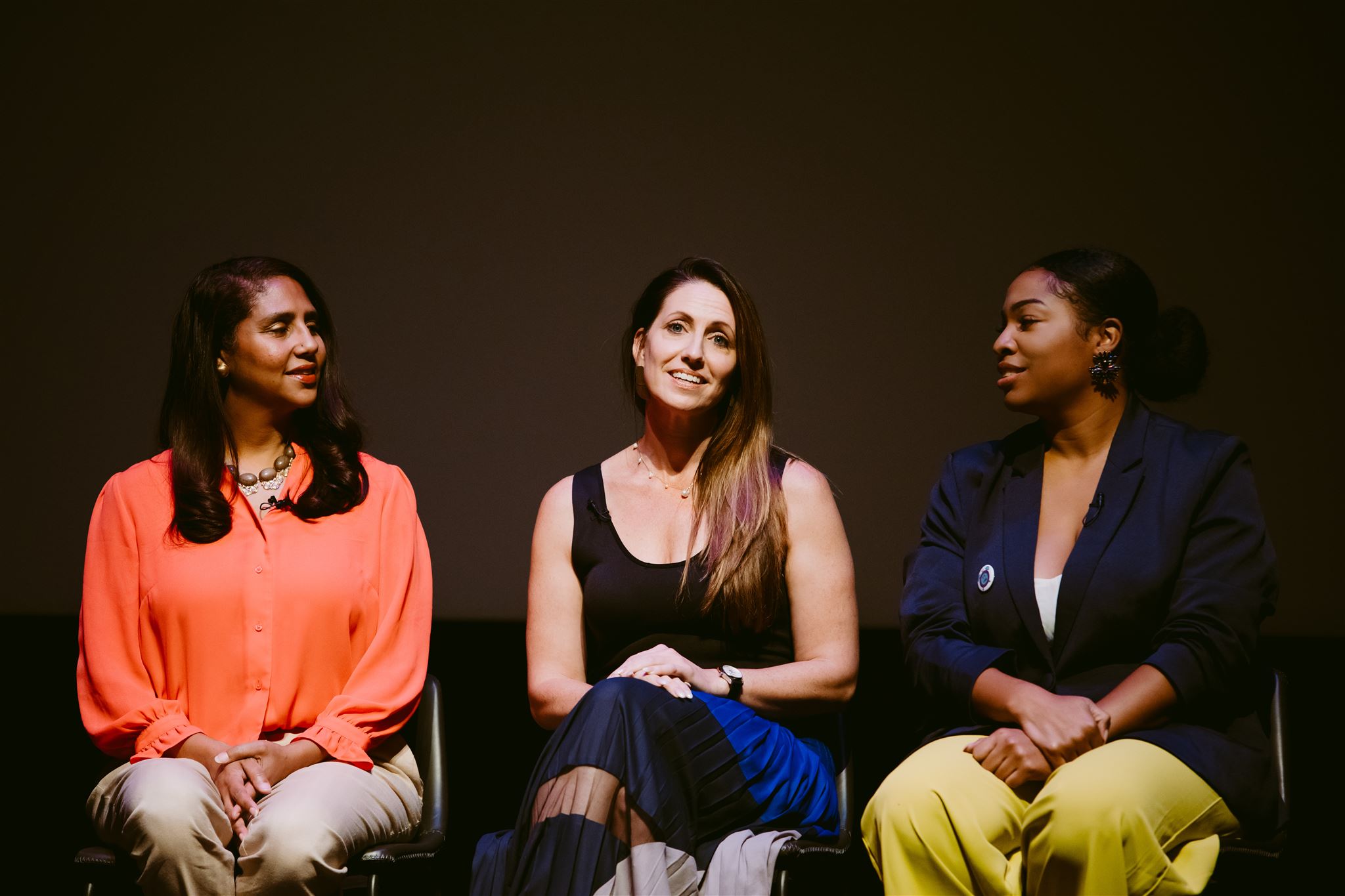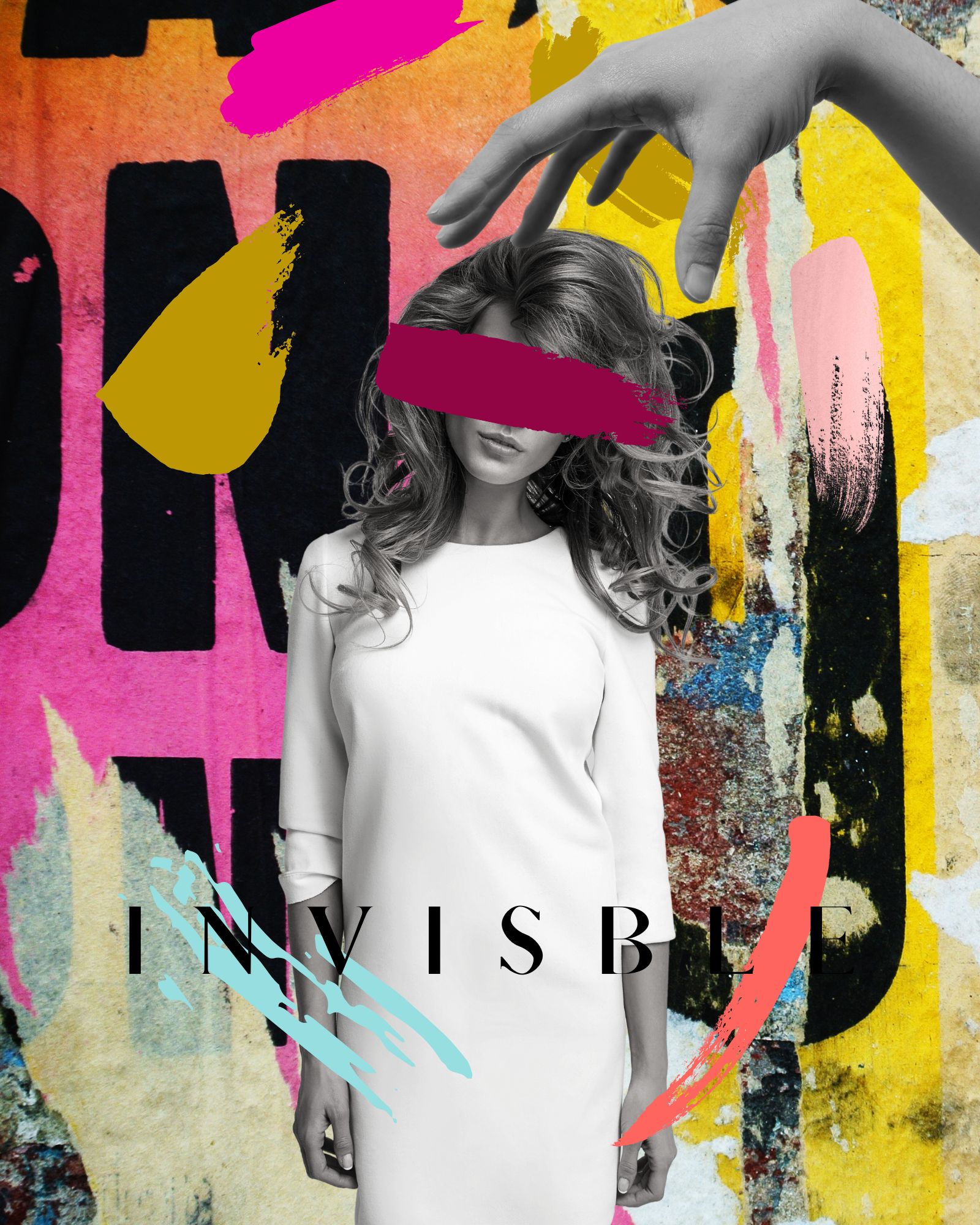By Kristy Cooper
Table of Contents
My first time leading a diverse team was as a 14-year-old counselor at a week-long 4-H summer camp. I was assigned to a group of eager, snotty-nosed, and bright-eyed kids. We competed against other teams (called “tribes”) in sporting events like archery, nighttime campfire songs, and talent shows. Although I’d been a big sister, I wasn’t accustomed to wrangling tons of children that I didn’t know from various cultures. As you can imagine, my tribe didn’t win the first year. If memory serves me correctly, we placed very low.
However, my second year came with redemption. My new tribe dominated in every competition. It wasn’t because they were better performers than the children from the year before, nor could it be totally attributed to pre-planning on my part. I was beginning to understand the power of encouragement (“You got this!”), the value of identifying the individual talents of each tribe member (loud kids rock), and the innovation that results from working with people from different places.
It was trully an amalgamation of personalities and cultures.
Six years later, I would be leading another diverse team as a residential advisor (RA) in Slusher Tower at Virginia Polytechnic and State University (VA Tech). This twelve-floor all-girl dorm in a coed school was the tallest building on campus. Many of my days were filled with celebrating the residents’ good news and being a shoulder to cry on when the opposite occurred and meetings with other RAs stationed in my building.
On any given day you could hear alternative rock blasting from dorm rooms, Black sorority sisters rehearsing step routines, classical violin practice down the hall, Friends or Martin on the tv sets, and barking, yes – barking by Ginger, a seeing-eye dog who made her own rules. It was truly an amalgamation of personalities and cultures.
As the only Black RA in the building, my first attempt at hosting a cultural event was taking a busload of residents to watch “Higher Learner,” the late John Singleton’s film that explored racial tensions on a fictional university campus. I didn’t have the DEI training in 1995 to fully explain the film to those who’d never seen anything like it, but I understood the event itself was important for cultural empathy.
I created other opportunities to foster a unified dynamic from Salsa parties to country line dancing – anything that would expose residents to what their neighbors enjoyed.
These pivotal growth moments, twenty + years in media, and spending quality time with my friends from around the planet have helped me to develop a simple SOP for managing multicultural teams.
What’s most important to me is celebrating the differences, creating a consensus within the group, and building a team identity.
CELEBRATE THE DIFFERENCES
For several years I managed the creative services department at The Pentagon Channel, the network for the U.S military stationed overseas. I jokingly titled my team “the U.N.,” because it was populated with creatives from around the world.
To describe a few of the members there was the dynamic Nigerian-Canadian neo-soul singing live graphics operator, the chic globetrotting French-trained Lebanese-born motion graphic pro, a motorcycle-riding, airplane piloting, scuba diving African-American video editor who shared the most amazing stories about her Tuskegee Airman father, and last but not least art schooled branding and logo expert who doubled as an extremely creative baker. Her family was from Israel. The team literally learned about each other’s cultures by osmosis working daily in a small shop.
I led this unit like a family because that’s who they became to me. I made sure we acknowledged Jewish holidays, exchanged Christmas gifts, and said “Ramadan Mubarak” before a fast. It seemed like such a simple thing to do, but it was creating understanding.
Stereotypes were discredited and life-long friendships formed. In fact, over time they helped each other on projects without being asked, deadlines were never missed, and the group was overall extremely productive.
CREATE CONSENSUS
While working on the ESPN show SportsCenter it was a requirement to brainstorm and volunteer during daily show meetings to get multiple points of view. I adopted that style as an incoming director of a 50-year-old PBS/NPR station in California. I inherited a diverse crew, not just in ethnicity, but also in age. Some had worked there for many years, others just a few, and a large percentage were still in college. The challenge was that many of the staff were part-time or freelance when the shows called for a full-time presence. I found that with so many varying itineraries, lifestyles, and goals it was best to create a group consensus for production.
I met individually with the crew to understand their talents, ambitions, and schedules. Then held weekly meetings where team members had the opportunity to volunteer for assignments, share ideas, and be briefed on what was next. Everyone had an opportunity to contribute.
It was very interesting to see my PBS crew take full ownership of whatever task they were assigned to and work additional hours without coercion. The meetings became a time to celebrate show “wraps,” birthdays, anniversaries, and any other excuse I could make to treat them to lunch.
I’d read much about a top-down management style, but I learned that listening to everyone’s point of view could be more fulfilling to the individuals and the overall success of the network. It was team-building at its finest.
BUILD A TEAM IDENTITY
Speaking of building, with any team, I believe it’s necessary for a leader to build their identity.
I think this is especially important if your group is diverse. What is your team known for? What are the unit’s rituals? How will the meetings be? What’s everyone’s role? Those were some of the questions I meditated on as I prepared to head the Special Projects unit for The Black News Channel.
I was assigned a small but talented team to produce projects that were more in-depth than “day of” news coverage. The three producers were from the northeast, south, and western parts of the U.S. with varying opinions to match. We were tasked with developing business, health, entertainment, tech, and lifestyle content. There was a similar setup when I was a producer for CNN’s Special Projects unit where we had clear objectives with divided tasks. From the very beginning, I shared with my BNC Special Projects staff expectations for the unit, for them as individuals, and for the entire network. With all of us working for an everchanging new broadcast outlet, I advised my team that we would be known as “super organized.”
I also encouraged them to support each other’s “little wins” (we had the best celebratory working brunch meetings) and make those successes known company-wide. I’d learned that a good narrative became gospel, especially in emerging environments.
Ironically, as word spread about their abilities, executives from shows regularly asked if my team could assist theirs. Our identity (to a fault almost) became dependable and overachieving. But we had fun, too. You should have seen our dolled-up sequins and suits holiday card.
As I combed through my career to think of best practices for leading teams that didn’t look like one another, sound like another, or worship like one another there was one constant truth: respect and integrity were never overrated.
Until writing this I’ve never detailed what it has taken to get “kids to play in the sandbox” and to be frank, I’ve underestimated myself. Diversity helped me to evolve and designed my leadership style. To me being a solid leader, no matter who’s in your group requires humility and the desire to see your people succeed.
That is the biggest lesson of all.
About the author
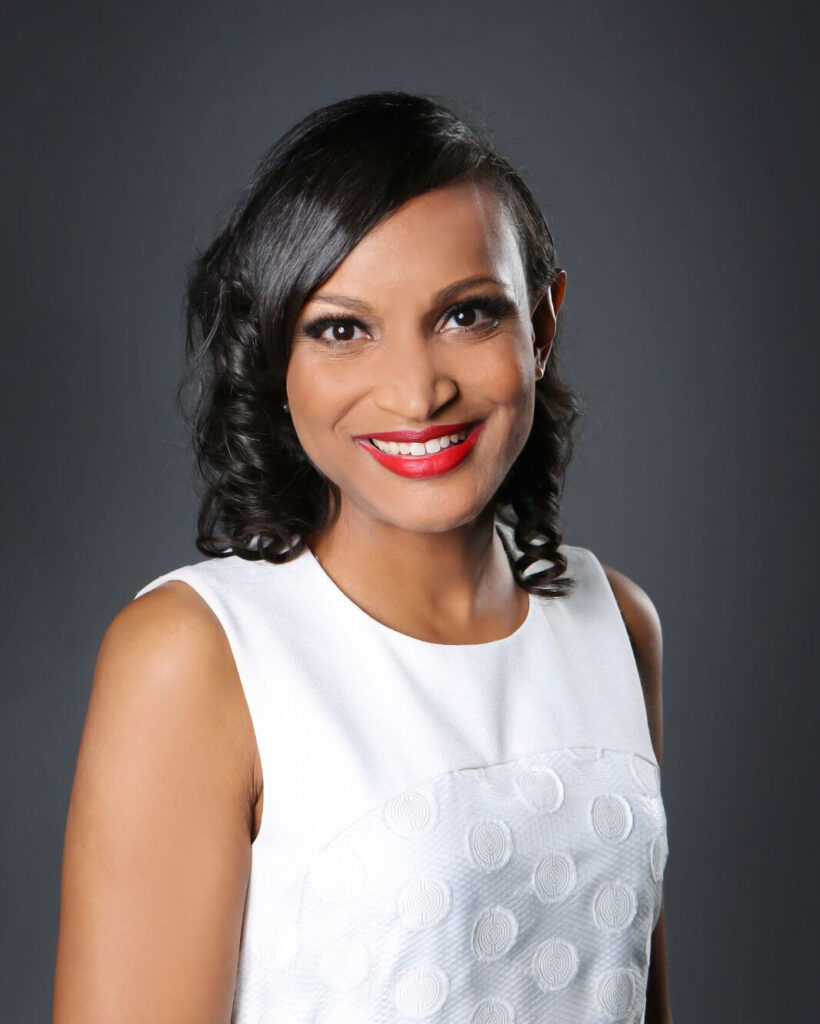
Kristy is a six-time Emmy award-winning showrunner/ executive producer who has worked for CNN, ESPN, BNC, PBS, the Department of Defense, Oak Hill Strategies, and production companies.
